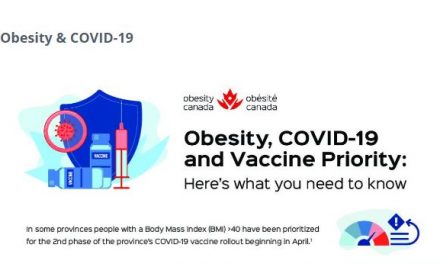I picked up a pack of sugar free peppermint gum with my coffee at Starbucks the other day, and as I popped a ‘cool burst of minty freshness’ in my mouth, I noticed that the package says ‘NOT a low calorie food’. I quickly scanned the nutritional information to see that each piece holds 5 calories, and is, as promised, sugar free. No fat, or protein, either. So, where in the world do those 5 calories come from?
Welcome to the mystical world of Sweeteners! Artificial sweeteners come in all shapes and sizes, and not all of them are calorie free.
Artificial sweeteners that contain calories are predominantly the sugar alcohols: examples include xylitol, maltitol, mannitol, sorbitol, and isomalt. These are chemically modified sugars, which contain about 1/2 to 3/4 the calories of sugar per gram. They are not as sweet as sugar, but are good at masking the unpleasant taste of some of the high intensity, truly calorie-free sweeteners (see below). In addition, some sugar alcohols produce a cooling sensation in your mouth, which is why they are included in many minty candies and chewing gum. (Turns out that the caloric offenders in my Starbucks gum were, indeed, Xylitol and Sorbitol.)
Sweeteners that are truly calorie free include aspartame (Equal, NutraSweet), acesulfame potassium (Acesulfame K), saccharin (Sweet ‘n’ Low), sucralose (Splenda), cyclamates (Sugar Twin), and steviosides (Stevia). They range between 40 to 600 times as sweet as sugar! Each of them have their own little quirks:
-
- Some have an unpleasant aftertaste (particularly saccharin), which is why they are often blended with the sugar alcohols to mask their taste.
-
- Sucralose and steviosides are heat stable, making them preferable for use in baked products, compared to aspartame and saccharin, which are not heat stable.
- Aspartame and acesulfame K are almost always combined in products such as carbonated drinks, because they taste more like sugar in combination than separately.
The safety of the various sweeteners have been the subject of much controversy over the years, and continue to be under debate today. A thorough discussion of just one of the above products could fill an entire textbook! Here are some bottom lines from key Canadian agencies:
-
- Health Canada has concluded that the addition of sugar alcohols to foods is safe.
-
- Sugar alcohol consumption in excess of 10g per day can produce adverse gastrointestinal symptoms, such as bloating, flatulence, and diarrhea. (There is 1g of sugar alcohol per piece of Starbuck’s gum.). 10g/day is the maximum recommended by the Canadian Diabetes Association.
- As per the Canadian Diabetes Association (CDA) 2008 guidelines, the following daily maximums for sweetener consumption are considered safe:Aspartame: 40 mg/kg body weight (2,800 mg for a 70kg person)
AcesulfameK : 15 mg/kg body weight (1,050 mg for a 70kg person)
Cyclamates: 11 mg/kg body weight (770 mg for a 70 kg person)
Saccharin: 5 mg/kg body weight (350mg for a 70 kg person)
Sucralose: 9 mg/kg body weight (630 mg for a 70 kg person)
-
- To put the last point into real terms:A 500 mL bottle of Coke Zero contains 121 mg of aspartame and 65 mg of acesulfame K. Thus, a 70 kg person (154 lb) would have to drink 8 L of Coke Zero to reach their maximum intake.
A 1g packet of Splenda contains 12mg of sucralose. Fifty-two packets later, you’re at your daily max!
In other words, with normal food consumption patterns, it is pretty tough to exceed the above recommended limits.
- To put the last point into real terms:A 500 mL bottle of Coke Zero contains 121 mg of aspartame and 65 mg of acesulfame K. Thus, a 70 kg person (154 lb) would have to drink 8 L of Coke Zero to reach their maximum intake.
-
- Safety of sweeteners in pregnancy has not been rigorously tested. However, because of their wide history of use without reported adverse effects, acesulfame K, aspartame, and Splenda may be consumed within acceptable daily intakes, according to the CDA. Sweet ‘n’ Low and Sugar Twin are not recommended in pregnancy due to a lack of evidence for their safety.
- Health Canada concluded in 2006 that an Acceptable Daily Intake of Stevia was a maximum of 1mg/kg body weight per day (or maximum 70 mg per day for an adult). Because evidence suggests that Stevia may pose risk to pregnant women, children, and people with low blood pressure, Stevia should not be used by these groups.
Dr. Sue © 2009 https://www.drsue.ca/ drsuetalks@gmail.com












